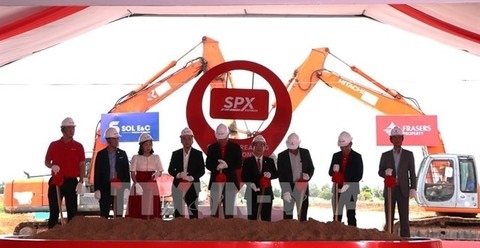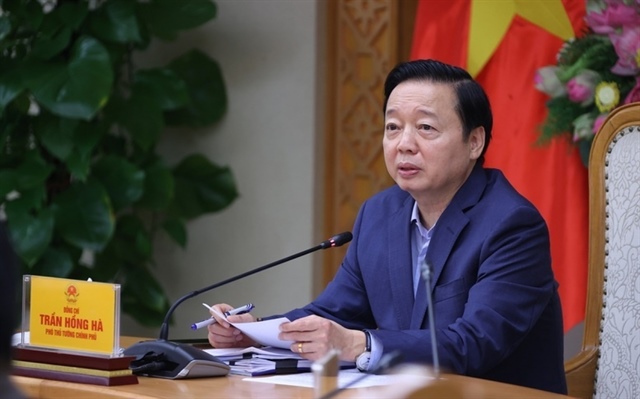Cambodia seeing a solar surge as prices drop
Cambodia seeing a solar surge as prices drop
Cambodia is lighting up with solar power as international politics gluts the world market with inexpensive equipment options, according to industry insiders.
The lowering or complete end of subsidies for US, European and Australian firms, along with China’s backing of the renewable energy sector, has seen a “dramatic drop” in the price of solar energy and one that Cambodia is moving swiftly to take advantage of, said PowerTopia Cambodia CEO Andrew Wallace.
“It’s a very exciting time for Cambodia: It’s been priced out of the market for such a long time due to the floor under pricing in Europe and the US. The subsidies have been withdrawn pretty much across the board. So Cambodia is for the first time ever able to compete for pricing,” he explained.
Wallace believes that Cambodia should have been in on solar energy from the start, given the country’s latitude, its number of daylight hours and its need for cheap energy.
“Solar is coming of age – it’s not just a ‘wouldn’t it be nice’ argument. It’s the most cost effective measure for Cambodia’s peak power needs. It can compete with diesel generators and the grid in some cases,” he said. “It’s not only green but makes economical sense now.”
Arjen Luxwolda, technical director of Kamworks, sees the price drops as great news for Cambodia as well, but doesn’t see the trend holding. “I think if you look back at the situation in the US and Europe, the subsidies are being reduced, so price may go up a little,” he said.
Any price increases would only be for American and European products and would not be as high as they were last year, while Chinese products are likely to stay low, according to Luxwolda, because of the range in quality on offer and the support from the Chinese government.
“[Price] depends largely on what kind of quality you want. Smaller Chinese factories are not as strict on standards and may not have all the certificates, so they are cheaper,” he said.
Chinese competition is seen as the drive behind cheaper prices, according to Chan Thy, a saleswoman at Khmer Solar, who said energy is now “US$1.30 to $1.40 per watt for Chinese-made solar panels and $2.50 per watt for Japanese-made units”.
Wallace believes that Cambodia is “undoubtedly the correct place for solar energy to be installed”, as it only has five megawatts, compared to Germany’s seven gigawatts, and says he expects to see more installed in the coming year.
Bloomberg reported Indian solar panel maker Surana Ventures Ltd was planning to double its production after prices had dropped almost 34 per cent during the past year.
phnom penh post




















